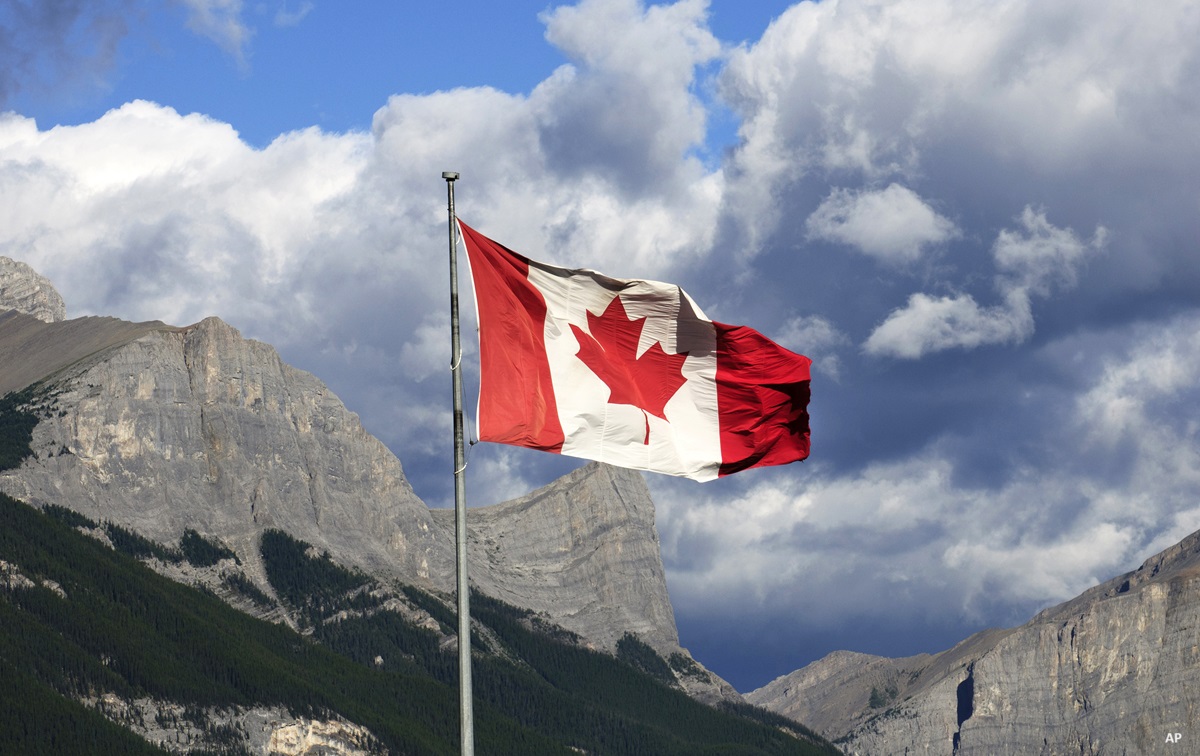Ruth Saldanha: Earlier this week, Investors for Paris Compliance released a report that found that while none of the big six Canadian banks are on track to net zero, there are some differences in each that are emerging. Now, net zero is when an entity either cuts its greenhouse gas emissions down to zero or offsets its emissions through actions such as tree planting. When evaluating these metrics in banks, investors consider, among other things, how much these firms lend to sectors such as fossil fuels. This latest report scored the big six Canadian banks, which are Bank of Montreal (BMO), The Toronto Dominion Bank (TD), CIBC (CM), Royal Bank of Canada or RBC (RY), Scotiabank (BNS) and National Bank (NA) on financed emissions reporting, their interim power and oil and gas targets, and their transition plans. Some banks fared better than others. To explain why Kyra Bell-Pasht, Director of Research and Policy at Investors for Paris Compliance is here today. Kyra, thank you so much for being here today.
Kyra Bell-Pasht: Thank you for having me.
RBC Has the Worst Net Zero Score
Saldanha: Of the six banks featured, RBC (RY) fared the worst. It also lends more to fossil fuel ventures than any other bank. So, the question is, are these two related? And why does RBC own the worst rank?
Bell-Pasht: So, they are definitely related. But to be clear, our bank grading – it's not based on the amount these companies are lending to fossil fuel companies. But we highlight this metric upfront because it's the best indicator of how serious these banks are about their net zero commitments. It's where the rubber hits the road. In particular, the increase in fossil fuel financing in the most recent year for which we have data, 2020 to 2021, shows how these businesses are currently managing themselves, how they are strategizing their businesses. RBC also increased its financing the most to the oil and gas sector during this time period. So, it's no surprise that RBC fares the worst in both our analysis of its net zero plan and its financing of fossil fuels. Of the Canadian banks, its business is most tied with the oil and gas sector.
To be clear, our grading of the net zero plans of Canadian banks is based on three key elements sourced from international guidance and best practice, and they are – one – how comprehensively the banks report their base year financed emissions; two – whether their short-term GHG reduction targets align with the science-based 1.5 degrees Celsius future; and finally, whether the bank has developed a meaningful strategy to achieve these targets.
TD Appears the Best. But Is It?
Saldanha: Well, Toronto Dominion (TD) is the best scorer so far, despite lending more fossil fuels than at least one peer. So, why is TD the best performer?
Bell-Pasht: So, yes, the bar is set relatively low across the big six Canadian banks. So, to call them the best is not necessarily a big badge of honor. And like I said, we are not grading the banks based on the amount of fossil fuel financing. And you'll note when you look at the report card that TD is actually not the lowest investor of fossil fuels, though it did rank better than one of its peers. But one of the things that helps TD, helps its net zero plans stand out is that it reports a more comprehensive scope of its financed emissions. For example, it accounts for the emissions associated with full committed loan amounts, not just outstanding loan amounts. It also accounts for emissions associated with underwriting activities, not just its loan book. So, the difference in associated emissions can be quite substantial. So, it's a more honest reporting of its current financial risk and related to greenhouse gas emissions.
Another thing that helps TD stand out is that it reports emissions associated with the entire oil and gas sector, upstream, midstream and downstream companies. Many of the banks have been leaving out midstream and downstream companies, which as you can imagine, represent significant amounts of financed emissions. And I'll add another thing about what TD is doing in relation to its oil and gas emissions, financed emissions, is it is reporting Scope 3 emissions for the sector, which is the largest percentage of oil and gas sector emissions. Scope 3 for the oil and gas sector is primarily the emissions emitted downstream at the point of consumption.
And I'll just end by saying that TD has a long way to go to be aligned with best practice and to be on track with a 1.5-degree future, most notably because its interim targets have been set as intensity targets, which is not sufficient for ensuring the absolute emissions reductions which are required by science. And I've got more to say about intensity metrics and how they're insufficient, but Catherine McKenna at COP27 released a pretty scathing report on greenwashing and net zero plans of private sector entities, non-state entities, and she definitely called out intensity targets as a form of greenwashing. So, that's an issue. It's a big issue. But yes, TD is the best of the worst.
The Most and Least Risky Canadian Bank
Saldanha: Well, I want to go back to something that you said in the first question, which is that you said the bar is pretty low for Canadian banks. At this juncture, which bank, according to you, carries the most risk from a climate perspective and which carries least?
Bell-Pasht: So, you're not going to be surprised that my answer is going to be two-part on that, because one is you look at what are their financed emissions today. So, as we noted, RBC has the largest financed emissions today. So, that is the biggest risk. But the banks can mitigate this risk if they put in place a comprehensive science-based net zero plan, and RBC has not even come close to that. So, I think it's fair to say that they represent the largest climate risk financially for their investors, and they have yet to mitigate it with a comprehensive robust net zero plan.
And which one fares the best? Honestly, that's a hard one to answer. Bank of Montreal (BMO) has done something unique and that is – it has committed to wind down its business in the energy sector outside of Canada, and that includes the fossil fuels sector outside of Canada. That is the closest we've seen any of the big six banks come to getting out of the fossil fuel sector, directly financing fossil fuel production and downstream processing. So, that's a step in the right direction. Obviously, they've got further to go. They've also set an absolute emissions reduction target for Scope 3 emissions in the oil and gas sector. They are the only bank to have done that. We want to applaud them for doing so. Of course, they do need to set absolute emissions reduction targets across all of their financed emissions, not just Scope 3 for the oil and gas sector. But that is probably the biggest single source of their financed emissions, so it's a huge first step. But we'd love to see action increase at a fast pace in the next year across all of the six banks.
National Bank’s Lack of Disclosure Is a Risk
Saldanha: The last thing I want to ask is that National Bank (NA) does not seem to disclose some of the metrics by which you have calculated these scores. Is this in itself a risk?
Bell-Pasht: Definitely. Definitely a risk. There's no way for investors to be able to assess what their financial exposure is, what their financial risk is to financed emissions at National Bank. We can cut them a tiny bit of slack. They are the smallest of the Canadian big six banks, and they have the benefit of learning from the mistakes of their bigger siblings. So, hopefully, when they do put out a comprehensive plan, which we hope they do soon, it will benefit from learning from the errors, the missteps along the way of the other big five banks.
Saldanha: Great. Thank you so much for joining us today with your perspectives, Kyra.
Bell-Pasht: Thank you. It's been a pleasure.
Saldanha: For Morningstar, I'm Ruth Saldanha.






















